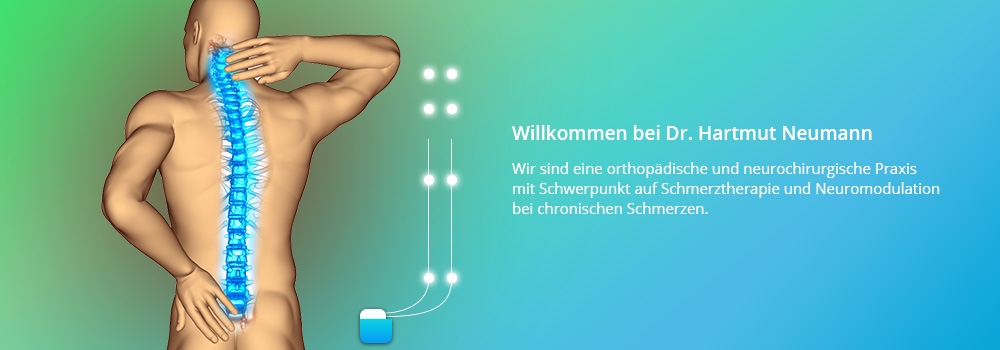Angina Pectoris
Angina pectoris – commonly known as angina – means pain or a sensation of squeezing in the chest. It is a pain that occurs suddenly in the chest, and is caused by a temporary circulatory disturbance of the heart. This usually happens because of a bottleneck in one or several coronary blood vessels that supply the heart with oxygen. The vessels themselves supply the heart with oxygen.Such symptoms can last seconds or minutes or, in rare cases, hours. They are often described as a burning, tearing or cramp-like pressure near the heart. Those affected often report feeling short of breath or that their chest feels restricted. Furthermore, they usually experience anxiety or increased perspiration.
The pain is usually felt behind the breastbone, but it can spread over a larger area. This heart pain may be indicated by sudden pain in the chest area, in both shoulders and upper arms, in the upper abdomen and back, up over the neck to the lower jaw, or in the whole left arm right down to the hand, pain between the shoulder blades, in the stomach area or in the right hand side of the chest.
Around 300,000 people with angina are admitted to hospital in Germany every year. To relieve symptoms, patients are given trinitroglycerine to begin with. As a result, symptoms are immediately improved as the blood vessels dilate, which does not happen in the case of a heart attack, however. Sometimes, however, the angina resists all types of therapy – in this case, use of a neurostimulator (SCS) has proved to be an outstanding type of therapy. If you suffer from this type of pain, you have come to the right place.

